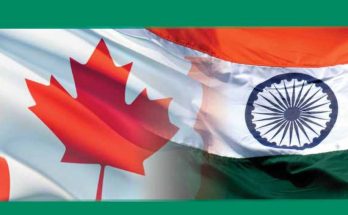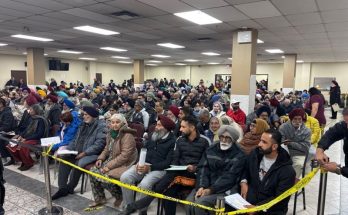A shadow is being cast over the aspirations of many Indian students seeking higher education in Canada due to the ongoing diplomatic rift between India and Canada, together with tightened immigration policies.
HavIng traditionally sent a significant number of students to Canadian institutions, regions like Punjab and Haryana are deeply feeling this shift.
Further straining these relations by the assassination of Sikh separatist leader Hardeep Singh Nijjar in British Columbia last year has led to the diplomatic fallout.
The expulsion of diplomats with its chilling effect on further weakening confidence of Indian families in sending their children to Canada.
Besides the political standoff, international students are being impacted by Canada’s recent policy shifts.
By introducing an intake cap on student permits for 2024 and 2025, the Trudeau administration aims to ease pressures on housing, healthcare, and other services as this cap could cut the number of new students by 35% in 2024 compared to the previous year, with an additional 10% reduction expected in 2025.
Northern India’s education consultancy market where tens of thousands of agencies assist students with applications and visas, have been shaken by these policy changes with notably many consultancies seeing their business drop to just 20-25% of normal levels, forcing some to close altogether.
Moreover, the Guaranteed Investment Certificate (GIC) requirement for international students having more than doubled to $20,635, adding to the already high expenses of studying in Canada, combined with a housing shortage and rising cost of living, is deterring potential students.
Added to all these, changes to work permit policies have made Canada less attractive causing the government to restrict open work permits to graduates from public colleges and universities discouraging students seeking employment opportunities as a pathway to residency.
Canada’s education sector is being deeply impacted by these combined factors reportedly pointing out that while international students contributed approximately $37.3 billion to Canada’s GDP in 2022, the current infrastructure is struggling to support the high influx of students.
With Canada approaching its next election cycle, the future of immigration policy and international student intake remains uncertain of how Canada balances its educational offerings with national policy and international relations. Many Indian students are reconsidering their dreams of studying abroad, shifting their focus to countries perceived as more stable and welcoming.





